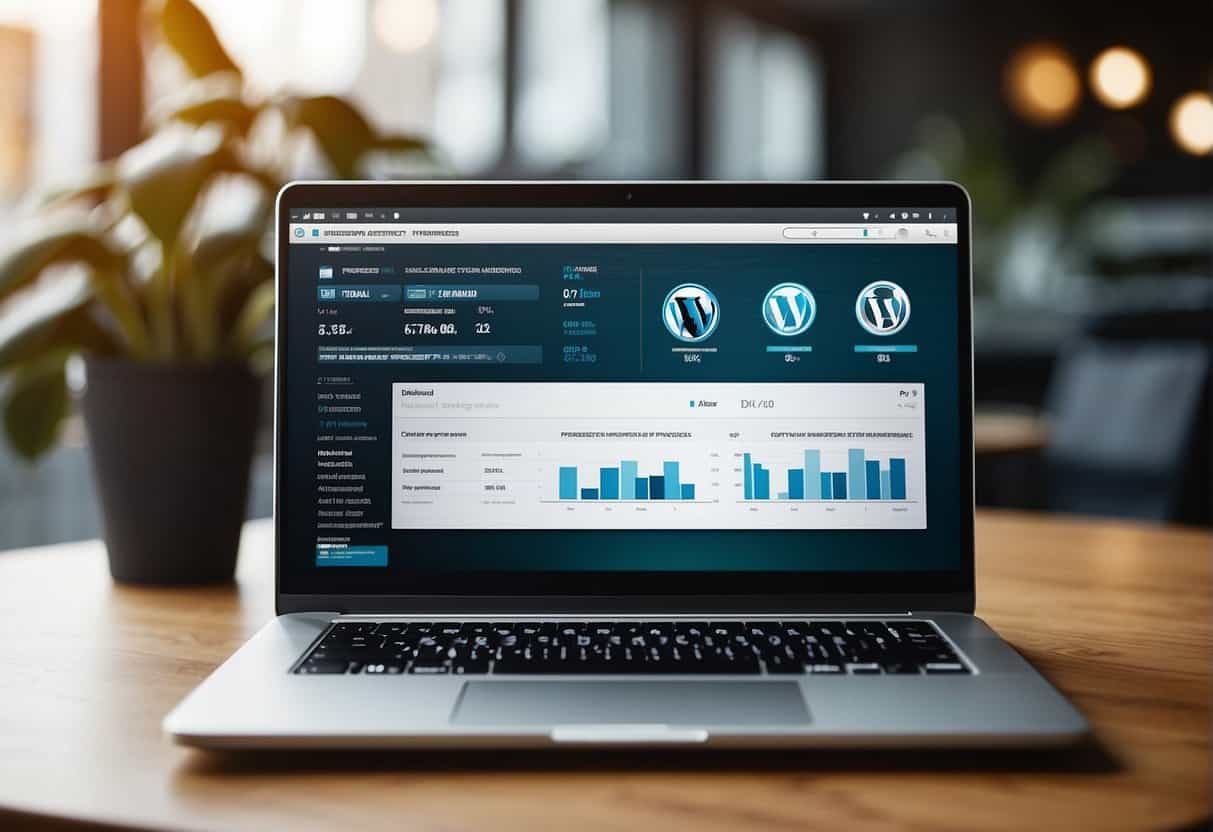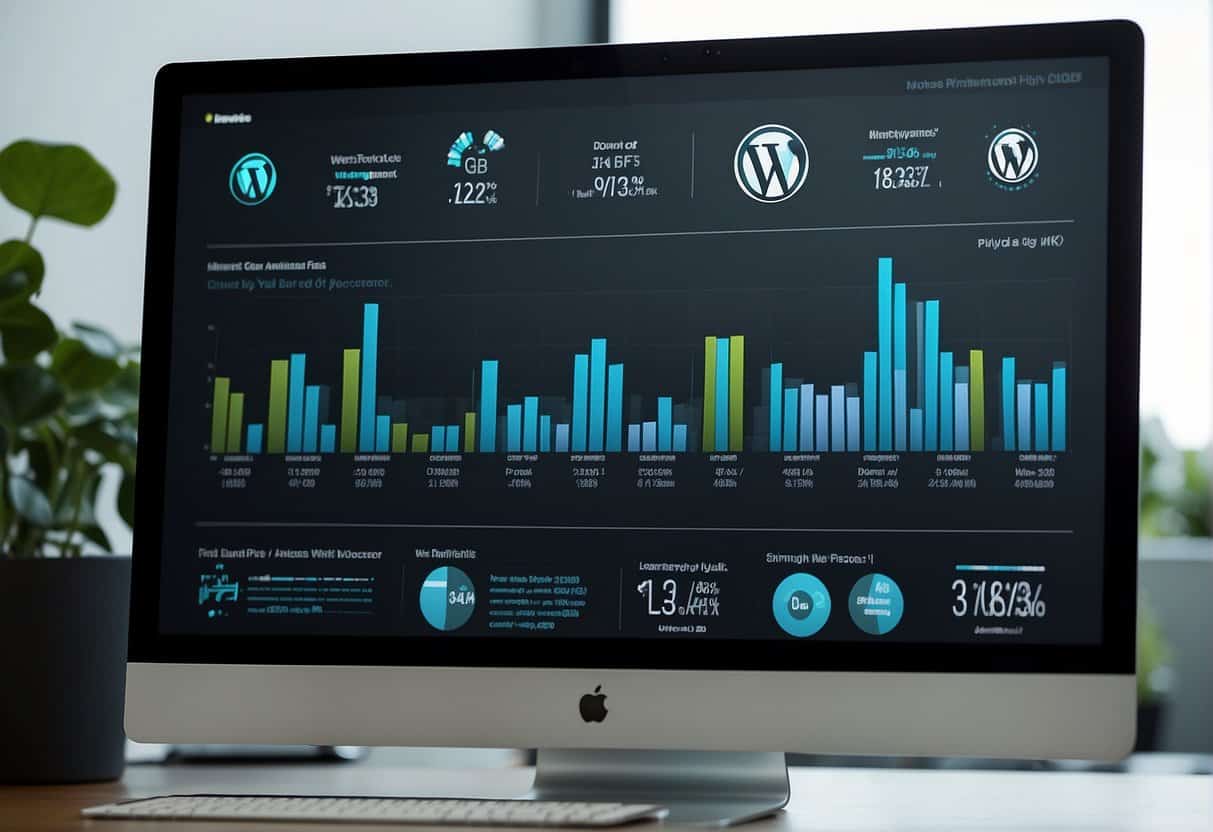Email marketing remains one of the most efficient channels for cultivating leads and boosting sales. By establishing a direct line of communication with your subscribers, you’re equipped to build trust and foster long-term relationships. Trust is a cornerstone in email marketing; it’s the currency that exchanges your informative content for your readers’ engagement and loyalty.
When leveraging email marketing to its full potential, you must ensure that your message resonates with your audience. Personalize your content to reflect the needs and interests of your subscribers. This approach not only enhances trust but also strengthens your brand’s positioning in their minds. Remember, a strong brand coupled with a tailored, respectful email marketing strategy can transform casual readers into invested customers.
Driving sales through email doesn’t have to be intrusive or aggressive. By nurturing leads with valuable content, offering solutions, and maintaining a consistent communication rhythm, you invite your audience to journey through the sales funnel at their own pace. With each email, you’re not just selling a product or service; you’re reinforcing the credibility and authority of your brand, consequently paving the way for sustained business growth.
Establishing the Email Marketing Foundation
Email marketing is a potent tool for cultivating leads and boosting sales. To leverage its full potential, you must lay a sound foundation that encompasses a deep understanding of your target audience and well-defined marketing goals, coupled with a strategic approach to email list creation and segmentation.
Understanding Your Target Audience
Get to know your target audience intimately. Research their behaviors, preferences, and needs to tailor your content accordingly. Use these insights to drive personalization, making each interaction feel designed just for them.
- Demographics: Age, gender, location, job title
- Psychographics: Interests, values, pain points
Setting Clear Marketing Goals
Your email campaigns need clear, measurable goals to achieve success. These should align with your broader business objectives, whether it’s increasing sales, generating leads, or nurturing customer relationships.
- Examples of goals: Improve open rate by 10%, achieve a 5% click-through rate, grow email list by 20% annually
Creating a Structured Email List
A well-organized email list is essential. Collect emails from interested prospects through sign-up forms on your website and social media pages. Ensure that you obtain consent to comply with regulations like GDPR.
- Consent: Explicit permissions through opt-ins
- Maintenance: Regularly update and clean your email list to maintain its health and effectiveness
Segmenting Your Email List for Relevance
Segment your email list to send more targeted and relevant content. This practice improves engagement and conversion rates by addressing the specific interests and behaviors of different audience segments.
Category Examples:
-
- Location: Country, city, climate zone
- Engagement: Frequent purchasers, occasional buyers, cart abandoners
By building this solid foundation, your email marketing efforts can become more focused and powerful, serving as a key player in your overall marketing strategy.
Crafting Engaging Email Content
To effectively nurture leads and drive sales through email marketing, you must create content that captures interest and delivers value.
Designing Effective Subject Lines
- Keep it concise: Aim for 50 characters or fewer to ensure your subject line is fully visible on most devices and email clients.
- Spark curiosity: Use intriguing yet relevant phrases that prompt recipients to open the email.
- Avoid spam triggers: Steer clear of overused sales language that could land your email in the spam folder.
Developing Valuable and Educational Content
- Provide solutions: Focus on how your products or services solve specific problems.
- Educate your readers: Share insights and knowledge that position you as an authority in your field.
- Include a clear CTA: Have a distinct call to action that guides recipients to the next step.
Personalizing Content to Individual Preferences
- Segment your audience: Tailor content based on demographics, past behaviors, or expressed interests.
- Use their name: Incorporate the recipient’s name to create a sense of direct conversation.
- Track engagements: Monitor interactions to further refine the personalization of future emails.
Advancing Email Engagement Strategies
To unlock the full potential of email marketing, enhancing your engagement strategies is crucial. Focused tactics can lead to increased lead nurturing and higher sales conversion rates.
Incorporating Effective Calls-to-Action
Your calls-to-action (CTAs) are pivotal in driving customer engagement and action. Ensure your CTAs are:
- Clear: Use direct language that specifies exactly what action you want the recipient to take.
- Conspicuous: Place your CTAs prominently using contrasting colors or button designs to stand out in the email.
Using Drip Campaigns for Lead Nurturing
Drip campaigns strategically send a series of emails based on specific timelines or user actions. To utilize them effectively:
- Segment your audience: Tailor your drip campaigns to address the varying needs of different audience segments.
- Measure performance: Track open rates, click-through rates, and conversions to refine your campaign continuously.
Emphasizing Personalized Email Journeys
Personalization in emails can remarkably enhance user engagement. Achieve this by:
- Using data wisely: Gather data from user interactions and preferences to personalize subject lines and content.
- Customizing by behavior: Trigger emails based on user behavior such as past purchases, website activity, or feedback provided.
Leveraging A/B Testing for Optimization
A/B testing allows you to compare different versions of your emails to see which performs better. Implement A/B testing by:
- Testing one variable at a time: Whether it’s the subject line, images, or CTA placement, change one element per test to get clear insights.
- Using substantial sample sizes: Ensure the results are statistically significant to make data-driven decisions in your email strategy.
Measuring Success and Optimizing Performance
To effectively harness the power of email marketing, you need a solid understanding of its impact on sales and customer engagement. Insightful analysis and continuous optimization are key in turning leads into customers.
Understanding Email Metrics and ROI
Your email campaigns generate vast amounts of data. To quantify success, focus on key metrics such as open rates, click-through rates (CTR), and bounce rates. For a comprehensive view:
- Open Rate: Gauge the percentage of recipients who opened your email.
- Click-Through Rate (CTR): Measure the number of clicks on links within your email divided by the number of emails delivered.
- Bounce Rate: Identify the rate of emails that could not be delivered.
Calculating Return on Investment (ROI) involves comparing the revenue generated from email campaigns to the cost of running them. Use the formula:
ROI = [(Revenue from Campaign - Cost of Campaign) / Cost of Campaign] x 100% This helps identify the campaigns that yield the best value for your investment.
Refining Strategies with Lead Scoring and Feedback
Lead scoring is a method to rank prospects based on their perceived value to the organization. Apply points for various behaviors or engagement levels, for instance:
- Email engagement (opens, clicks): +2 points
- Downloading a whitepaper: +5 points
- Frequent website visits: +3 points
Use customer feedback as a barometer to refine your content and approach, making subsequent campaigns more targeted and personalized.
Tracking Conversion Rates and Sales Cycle Progress
Monitor closely your conversion rates to understand the effectiveness of your email marketing in turning leads into customers. Note down changes after each campaign to track progress over time. Specifically:
- Lead to Opportunity: Track how many leads are moving to the next stage in the sales cycle.
- Opportunity to Customer: Identify the percentage of opportunities turning into customers.
Use this information to shorten the sales cycle and streamline your email marketing to reduce the duration from lead capture to sale.
Leveraging Integrations for Holistic Campaigns
Effective email marketing campaigns are enhanced by integrating with Customer Relationship Management (CRM) systems, marketing automation tools, landing pages, and leveraging cross-channel marketing strategies.
Connecting with CRM and Marketing Automation Tools
By connecting your email marketing efforts with CRM and marketing automation tools, you create a seamless flow of information. For example, when you capture lead information via emails, that data can be automatically stored in your CRM. This integration enables you to:
- Track lead interactions and history
- Segment audiences for targeted campaigns
- Automate follow-up emails based on lead behavior
Utilizing Landing Pages and Lead Magnets
Landing pages play a crucial role in converting email prospects into leads by providing them with a clear call-to-action (CTA). Your email campaigns should direct prospects to landing pages that are:
- Aligned with the message and design of your emails
- Equipped with persuasive lead magnets such as ebooks, webinars, or free trials to encourage sign-ups
Using these tactics, you capitalize on the initial interest and provide value, advancing prospects through your sales funnel.
Enhancing Reach with Cross-Channel Marketing
In a holistic email marketing strategy, cross-channel marketing is essential for increasing visibility and reach. Integrate your email marketing with other digital marketing channels to:
- Amplify your message across platforms like social media
- Encourage cross-sell opportunities by reaching out to existing customers with complementary products
- Use insights from multiple channels to refine your email marketing strategies
Maintaining Long-Term Growth and Relationships
Email marketing is a powerful tool to sustain business growth and nurture long-term relationships with your customers. It is essential to build trust, foster brand loyalty, and continuously gather and utilize feedback to refine your strategies.
Building Trust Through Consistent Engagement
Your email communication should be regular and provide value to your readers. By doing so, you set expectations and create a routine for engagement.
- Frequency and Predictability: Schedule your emails so that your subscribers know when to expect them. This could be a weekly newsletter or monthly updates.
- Relevant Content: Share content that’s relevant to your audience’s interests and needs. This demonstrates that you understand and prioritize their preferences.
Cultivating Brand Loyalty with Exclusive Offers
Provide your subscribers with offers they can’t find anywhere else. This not only rewards them for their loyalty but also incentivizes continued engagement.
- Early Access or Discounts: Give your email subscribers first dibs on new products or services, or provide them with special discounts.
- Members-Only Content: Create exclusive content for your email list, like in-depth guides or behind-the-scenes looks at your business.
Collecting and Acting on User Feedback
Leverage feedback to improve your offerings and show your customers that their opinions are valued.
- Surveys and Polls: Send out surveys or polls asking for input on various aspects of your business or content.
- Responsive Actions: When you receive feedback, act on it. Inform your subscribers about the changes made based on their suggestions.
By incorporating these practices into your email marketing strategy, you can enhance your relationship with your customers, ensuring a solid foundation for lasting business growth.







